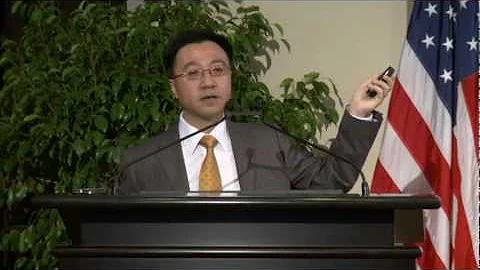is often exposed to USB device in life and work, such as mouse, keyboard, camera, removable hard disk, code scanning gun, etc. After these devices are connected to the computer through a USB interface, the computer will immediately prompt "New hardware has been detected...", install drivers, etc. It should be emphasized here that USB devices use USB bus, and the USB bus driver is included in the Windows or Linux core. Therefore, after connecting to the USB device, the host can immediately detect it. Remind that the device driver needs to be installed means installing the USB device driver.
USB device driver uses a USB bus, so many operations are completed by the USB bus driver. We only need to implement the driver of USB devices according to the bus, device, and driver framework. Reading and writing operations of USB device data are driven by the bus. Now, we can directly use the data read by the bus, then parse the meaning of these data, and then perform related operations (it should be noted here that the USB bus driver only provides the read and write operation functions of USB devices, which is common, that is, the bus driver does not know the meaning of the data inside). Under the framework diagram of the USB device driver, the specific code can refer to /drivers/hid/usbhid/usbmouse.c
in the kernel to allocate/set the usb_driver structure to fill in the .id_table, .probe, and .disconnect members.
calls usb_register to register the usb_driver structure into the kernel.
static struct usb_driver usbtouch_driver = { .name = "myusb", .probe = usbtouch_probe, .disconnect = usbtouch_disconnect, .id_table = usbtouch_devices,}; static int __init usbtouch_init(void){ return usb_register(&usbtouch_driver);} static void __exit usbtouch_cleanup(void){ usb_deregister(&usbtouch_driver);}struct The id_table member in usb_driver is an option that matches the USB device, indicating the device supported by this driver.
.probe member is a function pointer, which is executed when the device and driver match successfully. The
.disconnect member is also a function pointer. After the device and driver are successfully associated, it will be disconnected and executed, such as unplugging the USB device or uninstalling the USB device driver.
More Linux kernel video tutorial document materials for free to receive private messages in the background [Kernel] get it by yourself.














